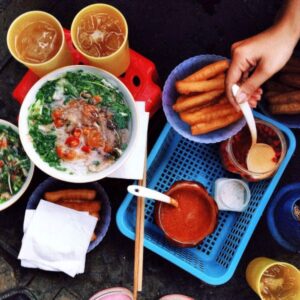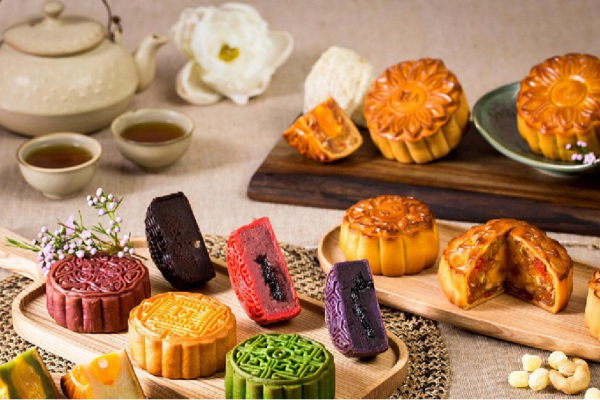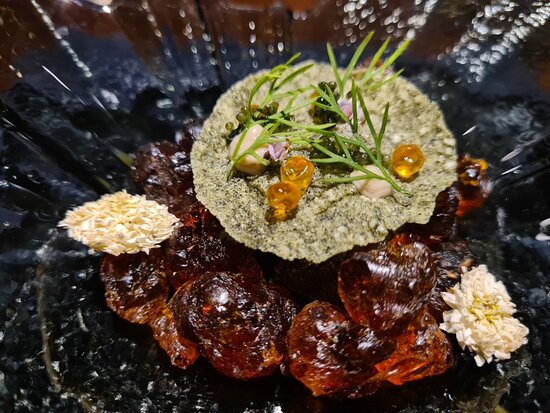Vietnamese Cuisine may seem simple and typical, but it’s never boring. What makes it so special? Travelers who explore Northern Vietnam, Hanoi, Hoi An, Saigon, and Mekong Delta through restaurants, family kitchens, coffeehouses, markets and even street vendors, tourists will find their own answer. Despite the varied landscape of Vietnam, the food consistently balances herbs, heat, sweetness, sourness, bitterness, and the all-powerful fish sauce. That makes Vietnamese Cuisine one of the best in the world.

A hearty meal in Vietnam
Many international tourists immediately think of Pho, banh mi, fish sauce and steamed rice when asked about Vietnamese food. However, talking about Vietnamese cuisine never seems enough. Vietnam offers a vast variety of dishes coming from 63 provinces to both domestic and international food lovers. Until now, many consider Vietnamese food one of the healthiest cuisines in the world. As people usually say, “Vietnamese food is not just food, it’s culture.”
Coming to Vietnam, visitors will experience how sophisticated and unique it is. Vietnamese food is a harmonious combination of five basic flavors: spicy, sour, sweet, salty, and bitter. This combination creates its distinctive taste. Also, it engages all 5 senses: food arrangement pleases the eyes, crisp ingredients delight the ears, the five spices linger on the tongue, aromatic herbs attract the nose, and certain textures appeal to touch.
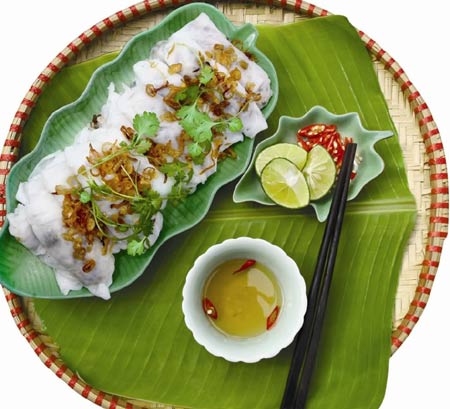
Banh cuon (Vietnamese rice rolls)
Northern Vietnamese Cuisine
People in Northern Vietnam tend to use less spice than those in other regions, despite the colder climate. Black pepper is the most prominent ingredient in creating hot flavor, instead of chili. Overall, food in this region doesn’t lean toward any single flavor—salty, spicy, sweet, bitter, or sour. Dishes in the North reflect subtle combinations of different flavoring ingredients featuring light and balanced flavors.
A variety of meats and crustaceans—such as pork, beef, chicken, freshwater fish, prawns, shrimps, crabs, lobsters, and mussels—feature prominently in meals. Hanoi, the artistic and intellectual capital of Vietnam, is famous for local delicacies like Cha Ca La Vong (grilled fish seasoned with garlic, ginger, turmeric, and dill), Pho Cuon (beef and vegetables wrapped in rice paper), Ca Phe Trung (Vietnamese “egg coffee”), etc. These dishes can be found in both street vendors and luxury restaurants. For a deeper experience, tourists can take part in a Cooking class in 1 day to learn how to cook traditional Vietnamese dishes.
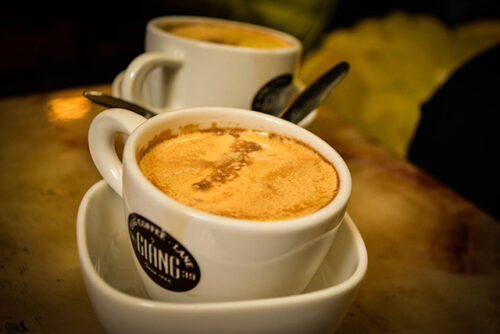
Vietnamese famous egg coffee
Central Vietnamese Cuisine
Unlike the mild flavors of Northern cuisine, food in the Central is characterized by its hot and spicy taste. Hue, the former imperial capital, reflects the influence of ancient Vietnamese royal cuisine. People admire the region’s cuisine for its artfully-decorated meals and complex dishes.
People here often serve food in small portions, with a strong emphasis on spice. Chilies, black peppers, and shrimp sauces are the common ingredients. Another striking difference is the presence of numerous vegetarians in the city. Buddhist-inspired restaurants have become more common, so it is easy for tourists to sample vegetarian meals. Some special dishes from this region are Bun Bo Hue, Cao Lau, Com Hen, and Beo cake. The central Vietnam tour will allow visitors to experience royal cuisine alongside UNESCO World Heritage sites.
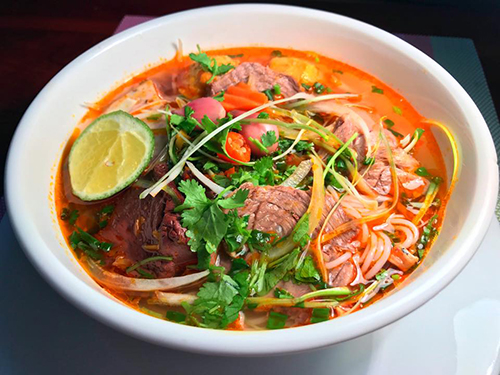
Bun bo Hue (Vietnamese spicy rice noodle soup)
The culinary traditions of this region also include an array of herbs and greens, often served alongside main dishes. Diners often find fresh mint, basil, and cilantro enhancing flavors. This emphasis on fresh herbs highlights the region’s commitment to vibrant and complex flavor profiles.
Central Vietnamese cuisine showcases the art of presentation. Dishes are not just about taste; they are visual feasts as well. Intricate garnishes and colorful ingredients elevate the dining experience, making each meal a celebration of visual and taste.
Southern Vietnamese Cuisine
Southern Vietnam benefits from warm weather and fertile soil, which are favorable conditions for growing a remarkable variety of fruits, vegetables, and livestock. Tourists visiting this region, can not only have a chance to taste exotic foods but also enjoy the freshness of fruit in fruit orchards along Mekong river.
Southern Vietnamese cooks often season their dishes with generous amounts of garlic, shallots, and fresh herbs. Some regions tend to add more sugar to food than others and can be seen through the widespread use of coconut milk. Besides, seafood also plays an indispensable part in Southern cuisine. Some notable dishes in this region are Banh Khot (mini savory pancakes), Banh Xeo (Vietnamese sizzling pancakes), Goi Cuon (spring rolls). Enjoying Southern cuisine during the South of Vietnam tour brings tourists the unforgettable experiences.
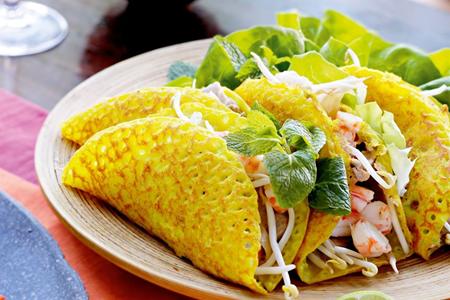
Banh Xeo (Vietnamese sizzling pancakes)
The South is also known for its unique fruits, such as durian, rambutan, and dragon fruit. These exotic fruits not only enhance dishes but also offer delightful snacks for travelers. Local markets overflow with vibrant colors and enticing aromas, inviting visitors to explore and sample.
Embracing the Culinary Adventure in Vietnam
Vietnamese cuisine is a vibrant tapestry woven from diverse regional influences and rich cultural heritage. From the subtle flavors of the North to the fiery dishes of the Central region and the sweet, fresh tastes of the South, every meal tells a story.
So, whether you’re savoring a bowl of Pho on the streets of Hanoi or enjoying fresh seafood along the Mekong River, each bite brings you closer to the heart of Vietnam. Embrace the culinary adventure that awaits you in this beautiful country, and discover why Vietnamese cuisine has won the hearts of food lovers around the world. Every dish is an invitation to experience the country’s history, warmth, and hospitality, making your culinary journey an unforgettable part of your travels.
Read more:

